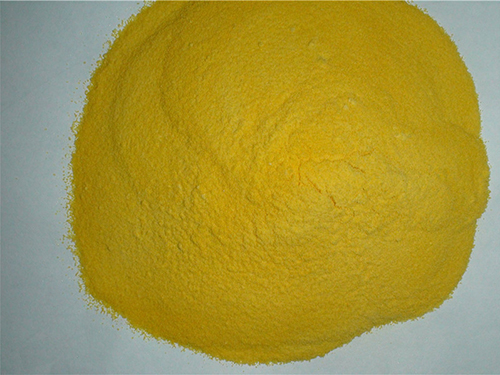water flocculation chemicals
Water Flocculation Chemicals An Overview
Water flocculation is a crucial process in water treatment, aimed at removing impurities and achieving cleaner, clearer water. This process involves the aggregation of particles into larger clusters, or flocs, which can then be easily separated from the water. The effectiveness of flocculation heavily relies on the use of specialized chemicals known as flocculants. This article discusses the importance, types, mechanisms, and applications of water flocculation chemicals.
Importance of Flocculation
The primary purpose of flocculation in water treatment is to enhance the removal of suspended solids, colloids, and organic matter in the water. These impurities can negatively affect water quality, leading to turbidity, color, and the presence of pathogens. Flocculants work by destabilizing these particles, promoting their agglomeration and subsequent sedimentation or filtration. This is vital not just for drinking water treatment, but also for wastewater management and industrial processes.
Types of Flocculation Chemicals
Flocculants can be broadly categorized into two main types inorganic flocculants and organic flocculants.
1. Inorganic Flocculants These include chemical compounds such as aluminum sulfate (alum), ferric sulfate, and calcium hydroxide. Inorganic flocculants are widely used due to their effectiveness and cost-efficiency. They function primarily by neutralizing the charge of suspended particles, allowing them to clump together. For example, aluminum sulfate causes the formation of aluminum hydroxide, which serves as a bridging agent, attracting and binding particles.
water flocculation chemicals

2. Organic Flocculants These are polymers that can be anionic, cationic, or non-ionic. Common organic flocculants include polyacrylamides and natural polysaccharides. Organic flocculants are particularly advantageous because they are often more effective at lower dosages and can be tailored for specific water qualities and treatment goals. They also provide better settling properties and reduce the risk of residual metal ions in the treated water.
Mechanism of Action
The mechanism of flocculation involves several stages destabilization, agglomeration, and sedimentation. Initially, the flocculation chemicals destabilize the charges on suspended particles. This leads to neutralization and aggregation into larger particles or flocs. As these flocs grow heavier, they sink and can be easily removed by sedimentation or filtration. The entire process can be influenced by various factors such as pH, temperature, mixing intensity, and the presence of other chemicals.
Applications
Flocculation chemicals are used in various applications beyond potable water treatment. In wastewater treatment facilities, they play a vital role in reducing solid waste and improving effluent quality before discharge. In the food and beverage industry, flocculants are utilized in processes such as beer and juice clarification. Furthermore, in mining operations, flocculation is used to separate valuable minerals from ore and reduce wastewater volumes.
Conclusion
Water flocculation chemicals are integral to achieving high-quality water for various applications. The selection of appropriate flocculants can significantly enhance treatment efficiency, reduce operational costs, and ensure compliance with environmental regulations. With increasing demands for clean water and stricter water quality standards, ongoing research into the development of more effective and sustainable flocculation chemicals will be essential for the future of water treatment technologies. As industries and municipalities strive to provide safe and clean water, understanding and implementing effective flocculation processes will remain a cornerstone of water management practices.
-
Water Treatment with Flocculant Water TreatmentNewsJun.12,2025
-
Polymaleic AnhydrideNewsJun.12,2025
-
Polyaspartic AcidNewsJun.12,2025
-
Enhance Industrial Processes with IsothiazolinonesNewsJun.12,2025
-
Enhance Industrial Processes with PBTCA SolutionsNewsJun.12,2025
-
Dodecyldimethylbenzylammonium Chloride SolutionsNewsJun.12,2025





